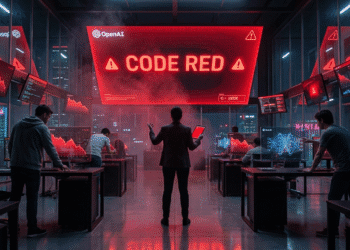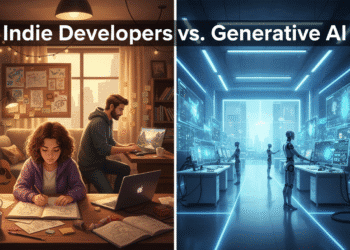Revolutionary Screen-Sharing Feature Enters Testing Phase
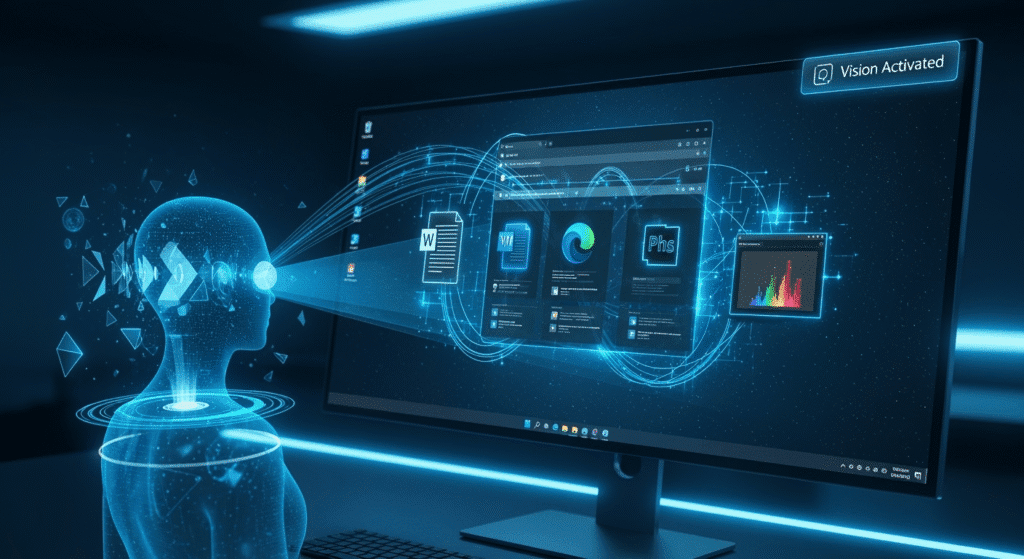
Microsoft has taken a significant leap forward in AI integration with Windows 11. The tech giant recently began testing a groundbreaking feature that allows its Copilot AI assistant to view and analyze users’ entire desktop screens. This development marks a major evolution from the previous limitation of viewing only two applications at once.
The new capability, called Copilot Vision desktop sharing, is currently available to Windows Insiders across all preview channels. Users can now share their complete desktop environment with Microsoft’s AI assistant, enabling real-time conversation and assistance about everything displayed on their screens.
How Desktop Sharing Works
The feature operates similarly to screen sharing during video calls. Users activate Copilot Vision by clicking the glasses icon within the Copilot app and selecting which desktop or specific application window they want to share. This creates an interactive experience where the AI can see exactly what users see.
According to Microsoft’s official announcement, “When you share your desktop (or any specific browser or app window), Copilot can see what you see and talk to you about it in real time.” The AI assistant can analyze content, provide insights, and answer questions while coaching users through various tasks.
The system includes a “Highlights” feature that allows Copilot to show users exactly where to click and what actions to take within applications. This makes it particularly useful for learning new software or navigating complex interfaces.
Privacy and Control Measures
Microsoft has implemented several privacy safeguards to address potential concerns. The feature is entirely opt-in, requiring users to manually activate it for each session. Unlike the controversial Recall feature that automatically captures screen snapshots, Copilot Vision only operates when explicitly enabled by the user.
As reported by Windows Central, “Copilot is never automatically looking at your screen, requiring you to explicitly share your desktop with the AI assistant first before it can see what you see.”
Users maintain complete control over the sharing session and can stop it at any time by pressing the “Stop” button or closing the feature entirely. The Copilot Vision interface appears as a floating element above the taskbar when active.
Practical Applications and Use Cases
The desktop sharing capability opens up numerous practical applications. Users can receive assistance with creative projects, get help improving resumes, or receive guidance while playing games. The AI can provide real-time feedback on photo editing, suggest improvements to presentations, or help navigate unfamiliar software interfaces.
PCMag reports that Microsoft’s announcement emphasizes the feature’s coaching abilities: “It can help analyze content, provide insights, and answer your questions, coaching you through it aloud. Get tips on making improvements to your creative project, help with improving your resume, or guidance while navigating a new game.”
The feature transforms Copilot from a simple chatbot into a more interactive assistant that can understand context across multiple applications simultaneously. This contextual awareness allows for more sophisticated assistance and better integration with users’ workflows.
Technical Implementation and Availability
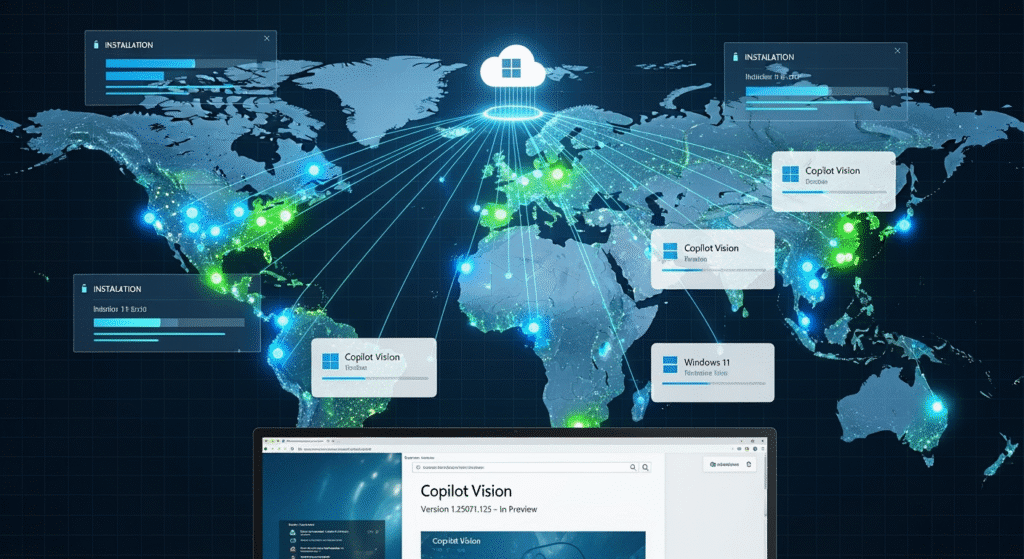
Currently, Copilot Vision desktop sharing is limited to Windows Insiders in the United States. The feature works on both Windows 10 and Windows 11 systems and is distributed through the Microsoft Store as part of version 1.25071.125.
The rollout follows a phased approach, with availability expanding gradually across different Insider channels including Release Preview, Beta, Dev, and Canary channels. Microsoft indicates that the feature will eventually reach non-European markets, though no specific timeline has been provided for broader international availability.
Evolution from Previous Capabilities
This desktop sharing feature represents a significant expansion of Copilot Vision’s capabilities. The AI assistant previously could only view and interact with individual applications or browser windows. The ability to see the entire desktop environment allows for much more comprehensive assistance and better understanding of user workflows.
The Verge notes that this update allows Copilot to “look at your whole desktop or any specific browser or app window,” marking a substantial improvement over the previous two-app limitation.
The feature builds upon Microsoft’s existing Copilot Vision technology, which initially launched for Microsoft Edge browser interactions before expanding to other applications and now to full desktop viewing.
Security Considerations and Concerns
While Microsoft emphasizes user control and privacy protection, some users express concerns about AI systems having such comprehensive access to their computing environments. The cloud-based nature of Copilot processing means that screen data is transmitted to Microsoft’s servers for analysis.
TweakTown highlights potential privacy concerns, noting that users who are “paranoid about AI” might find this new capability unsettling. The publication emphasizes the importance of the opt-in nature of the feature and user control over when it’s active.
Microsoft has not provided detailed information about how screen data is processed, stored, or protected during Copilot Vision sessions. The company relies on its existing privacy policies and security measures for cloud-based AI services.
Future Development and Integration
Microsoft continues to expand Copilot’s capabilities beyond desktop sharing. The company has announced additional features including Copilot Memory, which allows the AI to build user profiles and remember preferences across devices and sessions.
Future developments may include more direct interaction capabilities, though currently Copilot can only highlight screen areas and provide guidance rather than directly controlling applications. Microsoft has also teased customizable personas for Copilot, potentially including nostalgic options like the classic Clippy assistant.
The desktop sharing feature is part of Microsoft’s broader strategy to integrate AI more deeply into the Windows experience. This includes the dedicated Copilot key on new Copilot+ PCs and various AI-powered features throughout the operating system.
Industry Impact and Competition
Microsoft’s desktop sharing capability positions the company at the forefront of AI-powered desktop assistance. This level of screen awareness and contextual understanding represents a significant advancement in personal AI assistants.
The feature demonstrates Microsoft’s commitment to making AI a more integral part of daily computing tasks. By allowing Copilot to see and understand the full desktop environment, Microsoft creates opportunities for more sophisticated assistance and automation.
As the technology matures and expands beyond the current testing phase, it could influence how other companies approach AI integration in their operating systems and productivity tools.
Looking Ahead
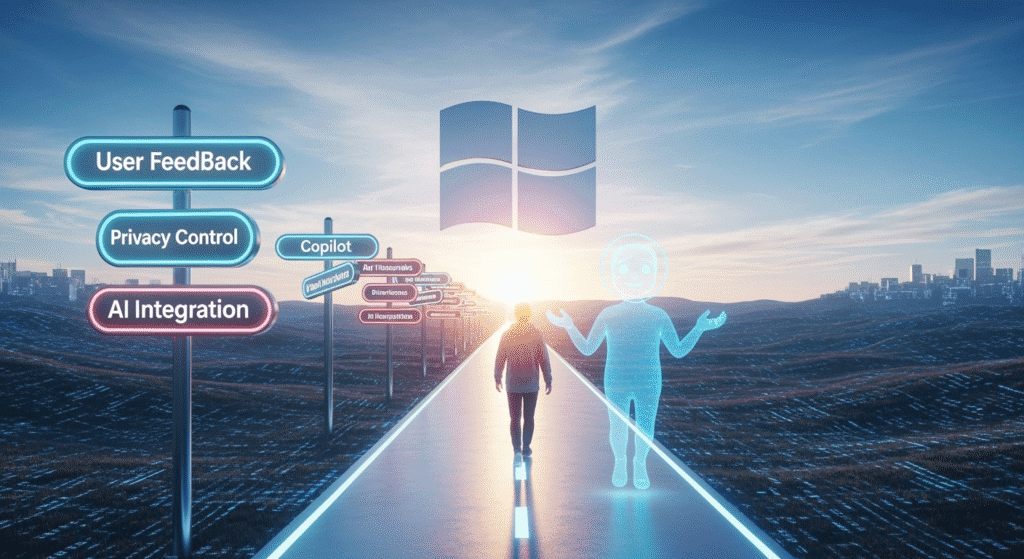
The current testing phase will likely provide valuable feedback for Microsoft to refine the feature before broader release. User adoption and feedback from Windows Insiders will help determine how quickly the feature expands to general availability.
Microsoft’s approach of gradual rollout and extensive testing reflects the sensitive nature of screen-sharing AI capabilities. The company appears committed to ensuring user privacy and control while delivering powerful new AI assistance features.
The success of Copilot Vision desktop sharing could pave the way for even more advanced AI integration in future Windows versions, potentially transforming how users interact with their computers and complete daily tasks.
Sources
- The Verge – Now Microsoft’s Copilot Vision AI can scan everything on your screen
- PCMag – Windows 11 Will Soon Let You Share Your Whole Desktop With Copilot
- Windows Central – Microsoft begins testing sharing your desktop with Copilot on Windows 11
- Microsoft Copilot Blog – Copilot Vision on Windows with Highlights is now available in the U.S.
- TweakTown – Paranoid about AI? You won’t like new Windows 11 feature
- Thurrott – Microsoft begins rolling out Vision desktop share across all Insider channels



